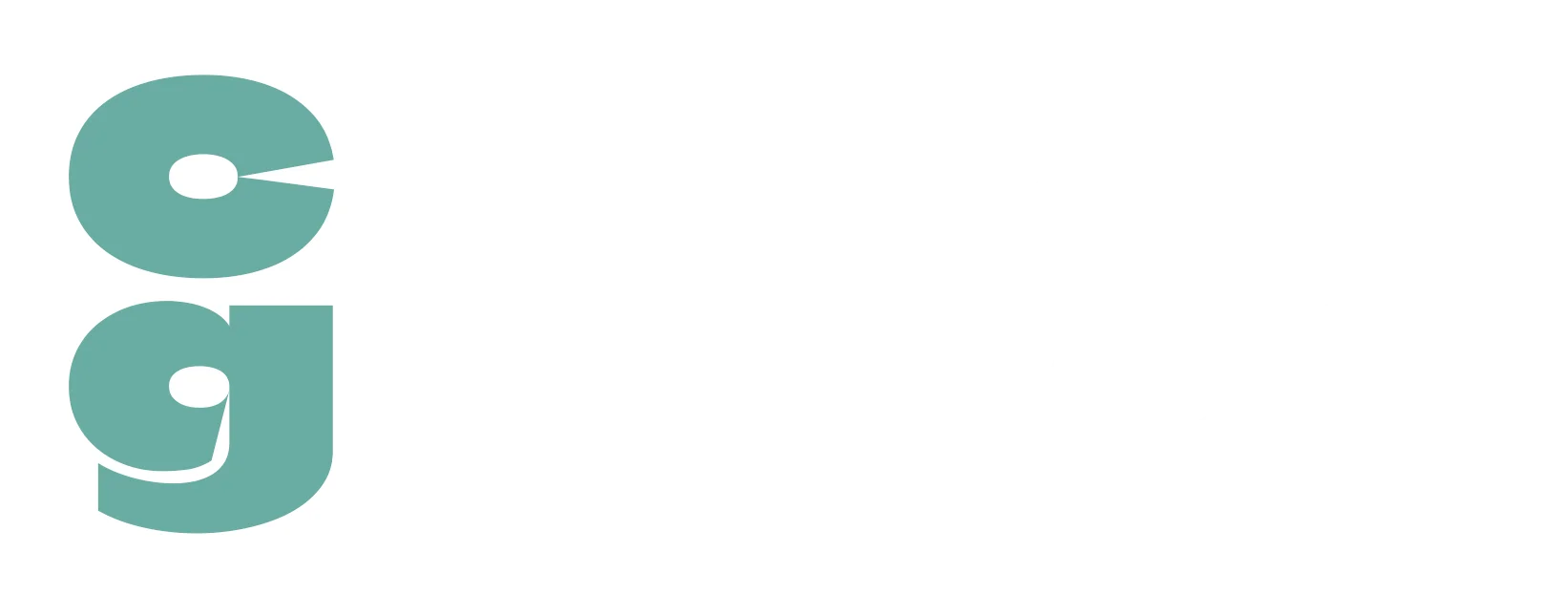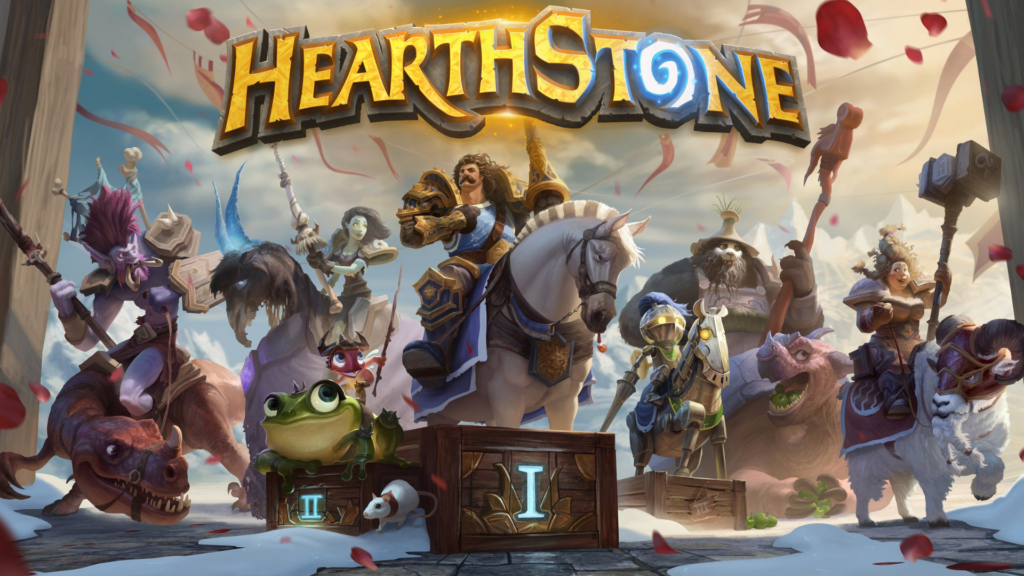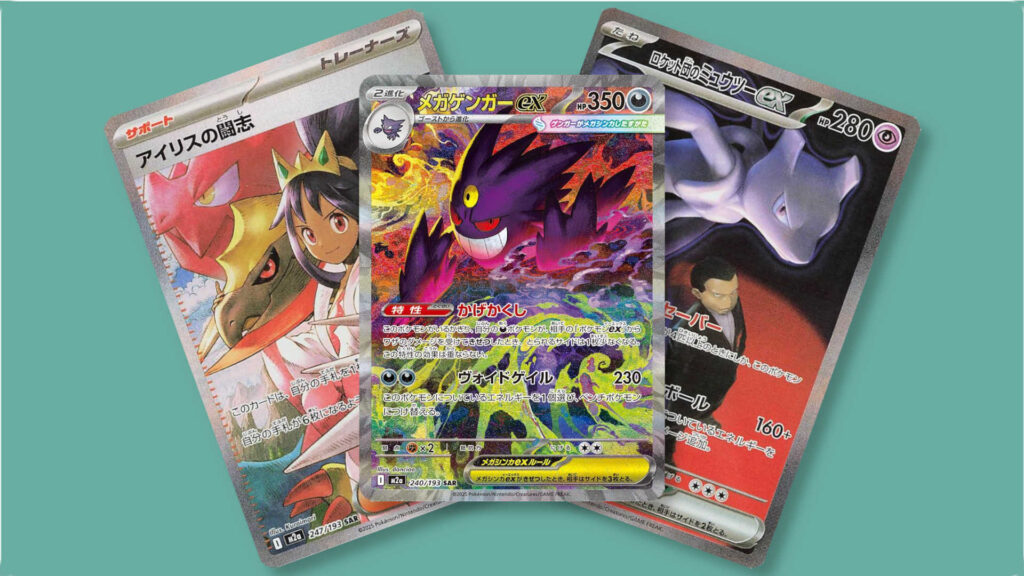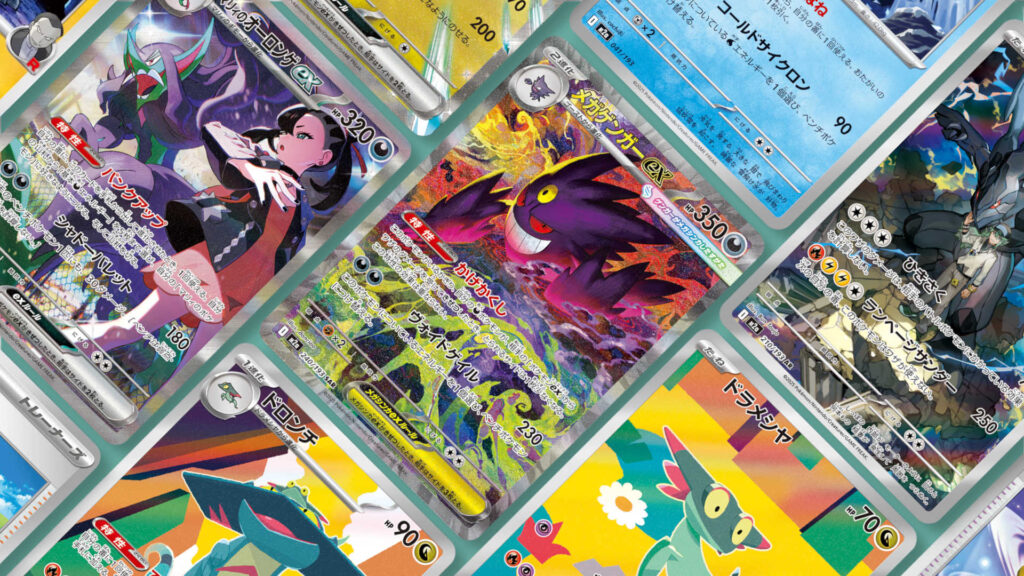Images courtesy of Blizzard Entertainment
Alright my fellow Hearthstone grinders, let’s get real about how to prepare for a Hearthstone tournament. Tournament play is a whole different beast, and in this guide, I’ll cover everything you need to know before locking your decks. Whether you’re aiming to become the next World Champion or just want to flex at your local tournament, this piece will be all about how you can tilt the odds in your favor in any Hearthstone tournament setting.
Table of Contents
ToggleLearn the Tournament Rules
Before even thinking about strategy, you need to understand the structure and rules of the tournament you’re entering. Every event has:
- Different formats
- Qualification requirements
- Disconnect policies
- Deck submission rules
- Streaming policies
- General competitive expectations
Failing to know them can cost you before you even play your first match. Some Hearthstone tournaments are open to all players, while others require qualifying through ladder, prior events, or specific ranking thresholds. That said, when you prepare for a Hearthstone tournament, check the event’s official page or community announcements to confirm whether:
- You need a certain rank to participate
- The tournament is invite-only or open-registration
- There are regional restrictions that may affect your eligibility
A lack of preparation in this area can lead to unnecessary disqualifications. And well, we don’t want that, do we?
Analyze the Metagame Using Solid Data
Before making any decisions about what decks to bring, you need to understand the metagame inside and out. This step is the foundation of your entire tournament preparation — without it, you’re essentially playing blind. You have to know answers to questions like:
- Which decks are popular in general?
- How do these decks interact with each other?
- What are the most played matchups in the metagame?
- Which archetypes have been successful in recent tournaments?
- What might be the most common ban strategy?
Lots of questions, I get that. And to answer them, you need solid data.
Luckily, you don’t really have to rely on personal experiences here; there are plenty of tools available that provide statistical insights into the meta, such as HSreplay. I love this tool, seriously (not sponsored, chill). It’s an invaluable resource that tracks:
- Deck win rates
- Matchups spreads
- Popularity percentages
And your job is to interpret this data and apply it to your specific tournament format (we’ll get to that in a second). To make it even easier to interpret this data, you can create your own matchup tables — whether using HSreplay, Excel, or even pen and paper.
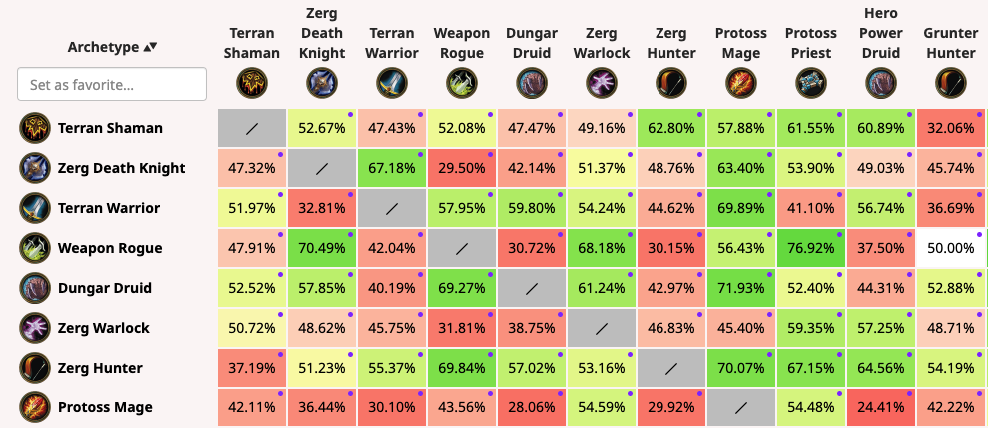
The method doesn’t matter; what matters is that this approach helps you understand how top decks perform against each other. One could say that it’s a core method to prepare for a Hearthstone tournament because it allows you to confidently decide which decks you’re comfortable playing and which ones to avoid.
Understand Tournament-Specific Meta Trends
Okay, let that sink in: tournament meta isn’t always the same as ladder meta. Some decks that perform well in ranked play aren’t as reliable in tournaments because of different factors:
- Different formats. Different formats may or may not allow deck bans or multiple games per matchup. Therefore, you must carefully craft your lineup and strategy to account for potential bans, best-of series constraints, and the specific matchups you’re likely to face in the tournament format.
- More prepared players. It’s very likely that players you’ll encounter have studied the same meta reports and know how to counter the most popular strategies – especially when you play for high stakes, such as qualifying for a major tournament. In most tournaments, Hearthstone beginner mistakes simply do not happen, so don’t expect to win easily by exploiting them.
- Tech choices matter more. You’ll generally see decks built specifically to counter the tournament field, rather than just climbing ranked. Moreover, you might not see certain tech cards at all. For example, if a player plans to ban a weapon-focused matchup, they might replace weapon removal with a different card aimed at countering other popular deck lists; maybe the one that you actually plan to bring in your lineup.
Alright, but how does that work in practice? Take this as an example — this is how I qualified for Masters Tour Bucharest in 2019 after just a week of playing in the metagame:
- I learned how the metagame works.
- I found a deck I felt comfortable playing (Bomb Warrior). Even though Bomb Warrior wasn’t the strongest ladder deck at the time, it had a lot of favorable matchups (55% or better) and almost no auto-lose matchups.
- Even though I was favored against most decks in the meta, I teched my deck a bit to counter other popular decks that had around a 60% win rate against Bomb Warrior.
- I played a few Qualifier Tournaments, was favored in most of my games, and eventually qualified for the main event.
That’s right, I simply made sure the odds were on my side. Same thing when I qualified for Masters Tour Montreal 2020. I even brought an off-meta quirky Pirate Warrior just because it had solid matchups against what people were playing at the tournament, and it was powerful enough to win games (somewhat) consistently. Plus, call me toxic, but I just love the deck by design.
So, no matter if your decks are listed high on a super flashy Tempo Storm tier list — it’s all about making sure that the odds are on your side. In conclusion, the first step in actually preparing a deck lineup is creating a set of lists that give you the best chance of being the “favored to win” player in the most expected circumstances.
Pick Decks That Fit Your Playstyle & Tournament Meta
The first mistake many players make is blindly copying whatever decklists they see in high-level tournaments. Just because a deck is powerful doesn’t mean it’s the right choice for you. If you’re not comfortable playing an ultra-complicated control deck under tournament pressure, it doesn’t matter how strong it is.
Your choices should mainly reflect two things:
- your personal playstyle / deck preference
- the current metagame and the mathematical chances of your decks against popular matchups
Okay, but what if your collection is super budget, and you’re unable to test the majority of the decks in the metagame? Then, you read my article about how to farm Gold in Hearthstone, apply the tips, and you’re good.
But on a serious note, you can also use Hearthstone’s deck sharing feature with any of your in-game friends.
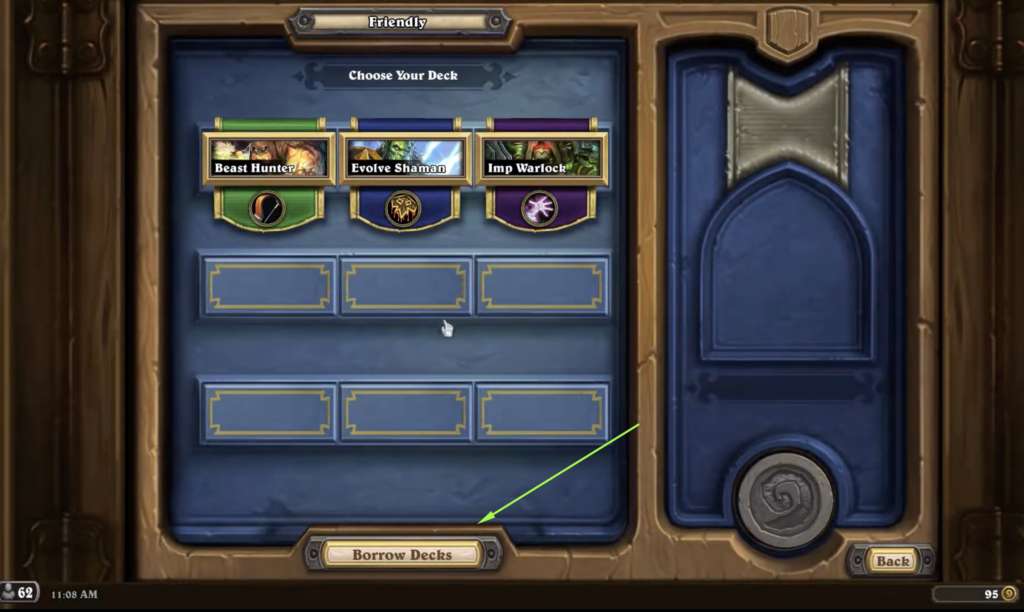
To access the deck borrowing feature, all you need to do is simply:
- Open your friends list in Hearthstone and click on a friend’s name.
- Select “Challenge” and wait for your friend to accept.
- In the friendly match setup screen, look for the “Borrow Decks” option, typically located at the bottom-center of the screen.
- Browse the available shared decks and select the one you want to use.
- Confirm your deck choice and begin the friendly match with the borrowed deck.
This way, you can try out any deck that you might want to craft for a tournament, without actually crafting it.
Develop a Ban Strategy
Alright, now that your decks are selected, it’s time to cover one of the most overlooked aspects of Hearthstone tournament play: banning the right deck.
Yeah, bans aren’t just about removing the most broken deck in the game. Or the one you simply dislike playing against. Actually, bans give you the opportunity to influence matchups in your favor.
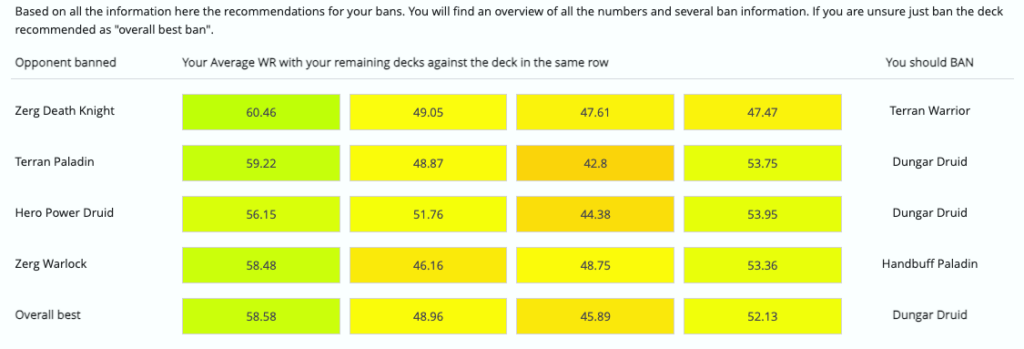
The first step is identifying which deck in the metagame poses the biggest threat to your lineup. This means looking at:
- matchup statistics (which deck has the highest win rate against your lineup?)
- expected opponent decks (are players likely to bring multiple variations of a problematic deck?)
- your personal comfort level (are you confident playing a possibly tough matchup, or would you rather not take the risk?)
That said, you need a systematic way to determine your ban before each matchup. Here’s how to do it efficiently:
- Check your matchup table. Before the tournament, create a spreadsheet with matchup win rates for all your decks against the most popular meta decks.
- Identify the absolute worst matchup for your lineup. Look at your weakest matchups across your lineup and find the deck that poses the biggest problem.
- Think about the format. If the tournament is Best-of-Five with a ban, consider how removing a deck will impact the flow of the series.
- Consider each opponent’s decks. By just looking at their submitted classes, you should be able to adjust your ban accordingly (at least most of the time).
One key difference between good and fantastic players is the ability to adapt. Therefore, if a particular deck is showing up more often than you anticipated, or if certain counter-strategies are becoming popular, you might need to adjust your bans accordingly.
Plus, online statistics may not always account for games played with specific tech cards or alternative builds. So in general, feel free to adjust your ban strategy, but always support your decisions with relevant data.
How to Prepare for a Hearthstone Tournament: Review Your Games
When you prepare for a Hearthstone tournament, playing all these games is great, but reviewing them is where you actually improve. Your game recordings will have all the answers for questions like:
- Did I make any major misplays? If so, what made me go for that decision?*
- How did my ban strategy play out? Was I targeting the right deck?
- Did I sequence my deck choices correctly according to this format?
- Were there moments where I got outplayed? If yes, what I can learn from it?
To get the best experience, practice against different types of opponents. If you only practice against the same sparring partner, you’ll develop predictable habits, and that and that can prevent you from getting the most out of your tournament prep sessions.
* By the way, sometimes you simply won’t know why you opted for some decisions. And more often than you can imagine, it will be because tournament pressure is completely different from casual, or even ranked play. That’s okay — with time, you’ll learn how to manage such pressure. It’s like that with any competition.
Take Care of Yourself, Friend
Last but not least, preparing for a Hearthstone tournament isn’t just about the games. It’s also about you; especially if you’re travelling for the event. For many of you, it’s a way of spending your free time. That said:
- Have a good night of sleep (even take some naps between rounds if you feel like it)
- Stay hydrated
- Don’t forget your own best stress management techniques (whatever works for you, really)
- Enjoy the event! You signed up for the tournament because you wanted to compete in a game you enjoy. You rarely have to play; it’s your choice, and there’s a reason you’re on the participant list.
Plus, I find it really important to have a plan for what to do during breaks or after the tournament. But hey, INTP here, I like to have everything mapped out.
For example, you might want to learn how to play Brawl in MTG Arena — it’s a great format for those in-between moments when you have a break but aren’t fully done with something. Check out the linked article from Bennie; it’s absolutely amazing, especially if you’re just starting out!
On a side note, if you want to reach out to me or maybe prepare for a Hearthstone tournament together, reach out to me at fearsyndrome#21417 on Battle.net. Happy to play some matchups and grabbing “Challenge a friend. You both earn a reward” quests as well, of course.
